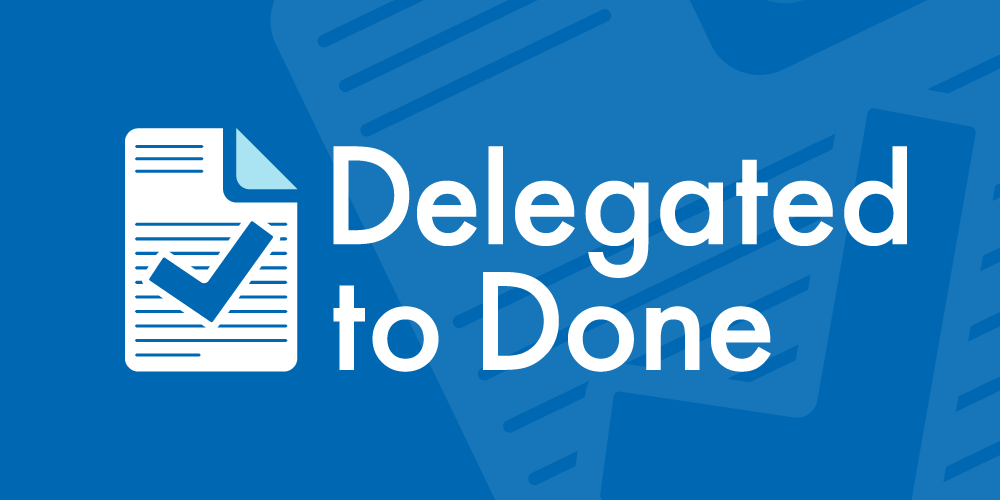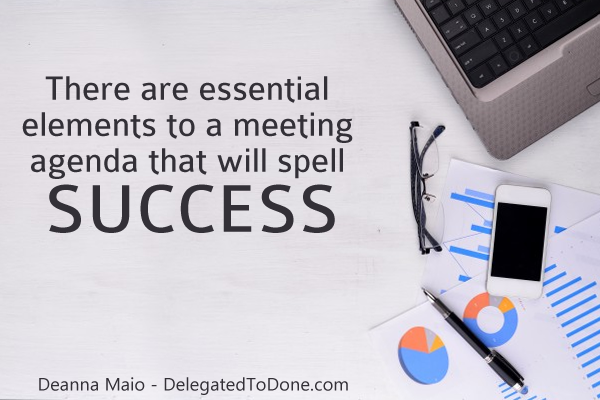Not having a meeting agenda is a bit like driving on a road without a map. You know where you started from, but where are you going? What will be the best route to take in order to arrive at your chosen destination? Any meeting you plan should help you decide on these important factors.
Once you have made these important decisions, it will be time to consider who the best people are to join you on the road trip. You can then decide the optimum route to take as you drive towards success. To make sure you do not get lost, you can look for milestones and signposts to success as you continue your journey.
There are 7 essential elements to a meeting agenda that will spell success, not distress, to anyone who attends.
They are:
1. Your Choice of Topic
2. The Goals of the Meeting
3. The Duration of the Meeting
4. The Objectives of the Meeting
5. The Non-objectives of the Meeting, so you do not go off-task
6. The Stakeholders who Should Attend the Meeting
7. The Information that Needs to be Shared in Order to have a Successful Meeting
Once you have planned these aspects, every participant can literally be on the same page and your meeting will have momentum.
Let’s look at each of these 7 elements briefly:
Your Choice of Topic
What is the meeting going to be about?
The Goals of the Meeting
What is the point of having a meeting about this topic? Is it to introduce a new product or project? Is it to do a progress check on a current project? Or is it a brainstorming session?
The Duration of the Meeting
How long should the meeting last? It should last long enough to make sure your goal is achieved, but not so long that people are made miserable by being cooped up in a room for hours on end. Thirty minutes to an hour should be enough time. If you think it will be longer than that, either cut back on your goals or plan a comfortable longer meeting with food, drink and breaks.
The Objectives of the Meeting
Think of these as the actions to be taken at the meeting. Use active verbs like:
* Plan
* Prepare
* Decide
* Develop
* Design
Note that you may not accomplish the objectives fully in one meeting, but will need to follow up. Decide which the best format for follow up will be-
* More meetings
* Email with everyone CC’d
* Shared files
* A shared workspace
and so on.
The Non-objectives of the Meeting
There is nothing worse than a meeting that goes off task, or worse still, gets hijacked by someone who has their own agenda. Use your agenda as a checklist of what needs to be done to keep everyone on-topic.
The Stakeholders Who Should Attend
Only invite people who can make a hands-on contribution to the goals and objectives of the meeting you are planning.
The Information that Needs to be Shared
First, share the agenda. If there is any other information they will need prior to the meeting, include it in the invitation. These items will help all attendees prepare for the meeting beforehand and stay on task once they are there.

